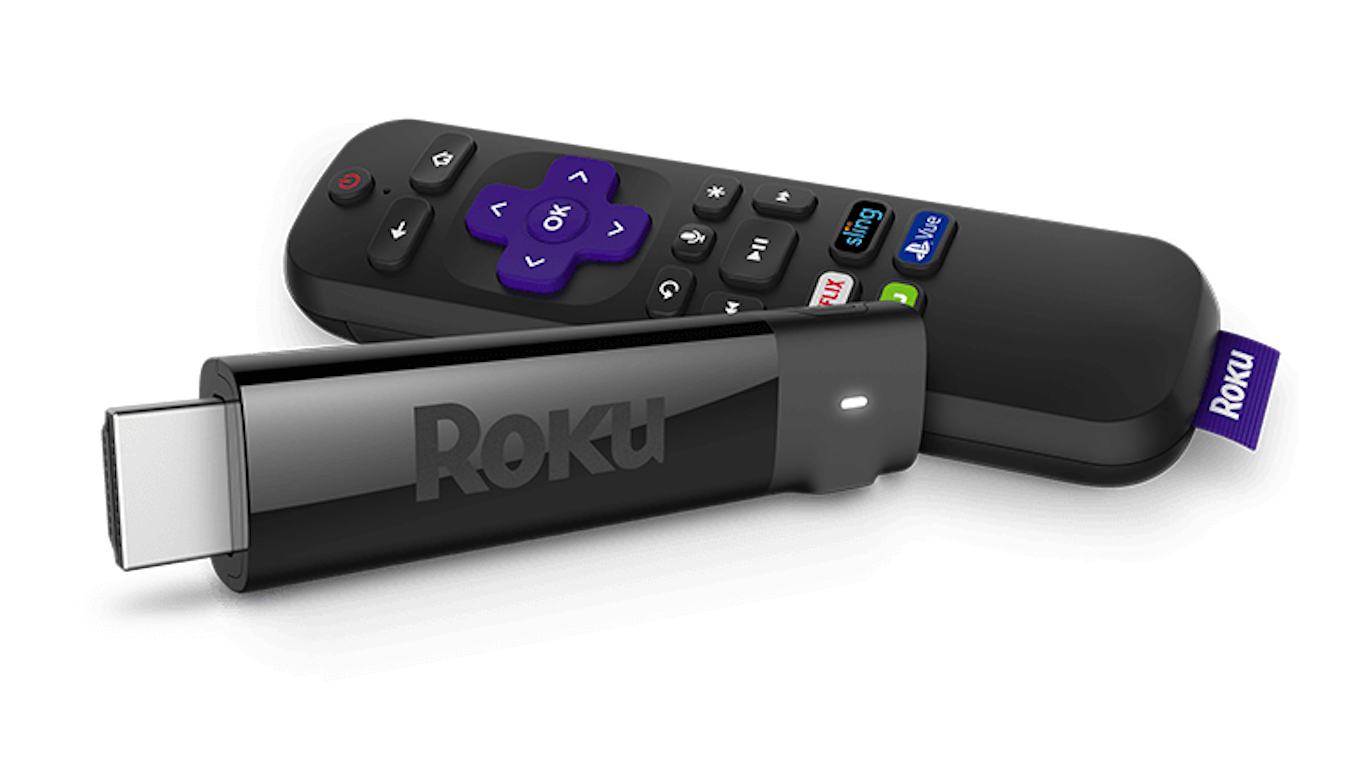Media
Why Targeted Advertising Could Be a Big Boost to Roku Stock

Published:
Last Updated:

Investors are still trying to make up their minds about Roku, Inc. (NASDAQ: ROKU) as the markets recover. Roku stock has seen its ups and downs over the past two years, and the streaming services industry is only getting more crowded by the day. However, Roku is finding new ways to differentiate itself from the competition to keep its edge.
While Roku was an early entrant to the streaming services industry, that doesn’t mean it has a dominant position — in fact the competition is very formidable. The other top players in the space include Disney (NYSE: DIS), Netflix (NASDAQ: NFLX), Amazon (NASDAQ: AMZN), Alphabet (NASDAQ: GOOGL), and Apple (NASDAQ: AAPL).
But Roku is taking a new tack that could be a game changer for the platform.
Roku is launching a new shopper data program to make TV advertising more precise and measurable for consumer packaged goods (CPG) marketers. Specifically, the company announced that it is partnering with Kroger Precision Marketing (KPM) for this program.
The ultimate goal of the partnership is to build a first-to-market targeting and attribution tool for streaming TV. In the long run this could be a powerful tool for creating advertising revenue, by offering advertisers a more targeted approach.
Once integration is complete, marketers will have access to Kroger data science for targeting and closed-loop attribution to measure campaign performance across the Roku platform. At the same time, the marketers will have tools available from Roku to measure the effectiveness of linear TV built on the largest licensed TV operating system in North America.
The appeal here is that CPG marketers are looking to make TV advertising more relevant and performance driven. By using targeted advertising CPG marketers can increase effectiveness and minimize ad waste while achieving the scale required.
One example of targeted advertising: KPM can help marketers segment messages to high-volume category buyers, customers who occasionally buy a category, or those who buy a complementary category.
The new shopper data program will provide Kroger sales information to help marketers make smarter media buying decisions. Marketers will be able to use the program to activate advertising across hundreds of ad-supported channels on Roku’s network.
KPM joins Roku’s program with data from 60 million households across nearly 2,800 Kroger stores.
Roku delivers scale to KPM on its streaming platform, with its 39.8 million active accounts at the end of the first quarter and 13.2 billion streaming hours. These two metrics have seen incredible growth over the past few years.
While all streaming services have seen tremendous growth during the pandemic, what has set Roku apart from the crowd is the fact that its growth has persisted for some time. Active accounts in the first quarter increased 37% year over year.
Roku’s users pale in comparison to that of Netflix, and fall short of Disney+ as well. However, Roku sells the devices that are capable of tracking targeted advertising.
With this advantage, Roku can start building valuable advertising revenue on top of its fast growing platform. In its most recent quarter, Roku saw average revenue per user increase 28% year over year to $24.35 on a trailing 12-month basis. This will only grow from here.
Separately, Roku’s platform revenues increased 73% year over year to $232.6 million, and Player revenues increased by about 22% to $88.2 million.
Since the onset of the pandemic in mid-March, Roku has had mixed results in monetizing its platform. For example, subscription video on demand (SVOD) trials and subscriptions and transactional video on demand (TVOD) purchases are up. On the other hand, the advertising business has seen higher than normal cancellations as overall advertising budgets have declined.
Management has stated that despite the likelihood of total U.S. advertising expenditures declining, Roku will be well positioned based on the effectiveness of its ad products and its new measures for targeting. Accordingly, it expects to deliver substantial revenue growth, but at a slower pace than years past.
More investors and consumers have been drawn to Roku since the pandemic began as the value of a streaming service in the stay-at-home economy becomes increasingly apparent. Although there could be near-term difficulties as the economy reopens, the streaming trend has only accelerated. Disney has even said that, because of the pandemic, the rate of subscriptions is years ahead of where it was expected to be. Combined with the growth of streaming, Roku’s foray into targeted advertising can only benefit the stock.
After two decades of reviewing financial products I haven’t seen anything like this. Credit card companies are at war, handing out free rewards and benefits to win the best customers.
A good cash back card can be worth thousands of dollars a year in free money, not to mention other perks like travel, insurance, and access to fancy lounges.
Our top pick today pays up to 5% cash back, a $200 bonus on top, and $0 annual fee. Click here to apply before they stop offering rewards this generous.
Flywheel Publishing has partnered with CardRatings for our coverage of credit card products. Flywheel Publishing and CardRatings may receive a commission from card issuers.
Thank you for reading! Have some feedback for us?
Contact the 24/7 Wall St. editorial team.